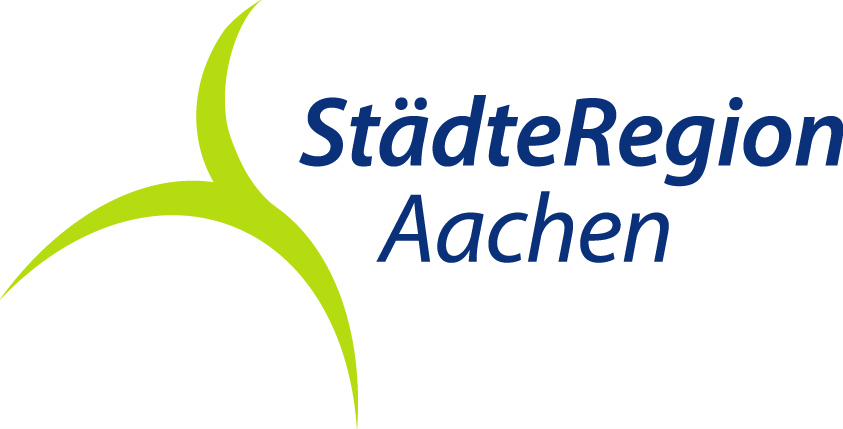Rurauenweg
The starting point of the tour is the rural church of St. Michael in Dedenborn, whose history dates back to the beginning of the 18th century. The foundation stone for the church was laid in 1717 and it is the only surviving church of this type in the Monschau region.
Passing idyllic half-timbered houses, the path winds its way up the slope, where a first great view over Dedenborn and the surrounding valley awaits us. Along lush green meadows, the tour follows the Eifelsteig trail and there are always great views of the Eifel landscape before the trees become denser and we enter a mixed forest. After about 1.5 kilometers, the trees thin out again and we cross a wooden bridge into the floodplain landscape of the Rur valley. The approximately 165 km long river has its source in the High Fens in Belgium at 660 m above sea level. NN. and meanders through the Eifel until it finally flows into the Meuse at Roermond. Unlike the barren landscape of the Fens, the Rur valley has a temperate climate. This is why a lot of fruit was grown in the past, which can still be seen today in the numerous fruit trees in the Rur valley villages. The river meanders in wide loops through the valley as far as Dedenborn. The two Dedenborn districts of Rauchenauel and Seifenauel even owe their names to the winding course of the Rur with its wide bends. Before Dedenborn, the trail leaves the Rur valley for a short section. There is no shortage of water, however, as the path immediately leads us to the lively Tiefenbach, whose babbling waters accompany us for the next kilometer before it finally flows into the Rur. Following the Rur valley, we finally reach Dedenborn again.






























